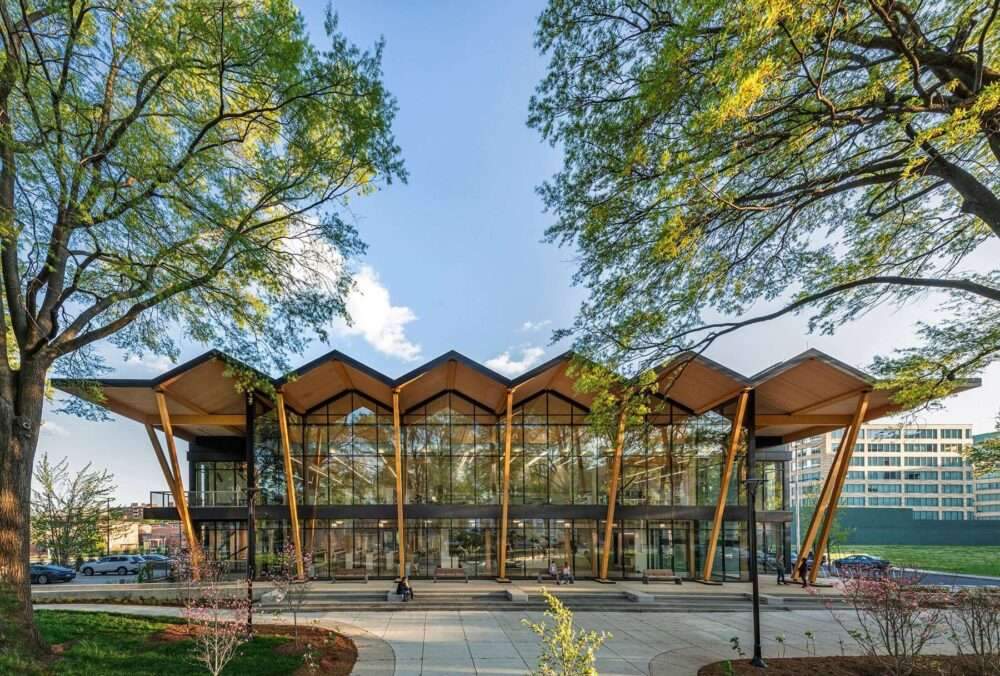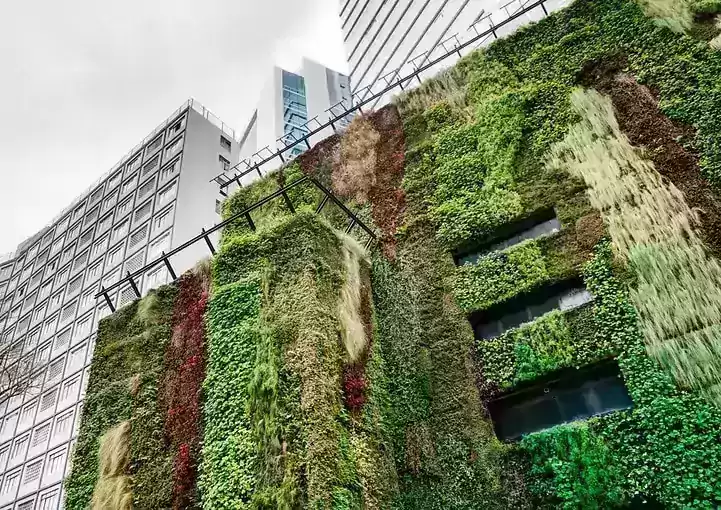As with any construction, green building regulations and policies play a major role.
Green construction requires construction companies to adhere to certain standards and regulations that will help preserve the environment and encourage sustainable practices.
Government incentives, building codes, and LEED certification are all important aspects of green building regulations and policies, which construction companies must follow to ensure their projects are in compliance.
Government incentives for green construction:
Governments around the world have implemented many incentives for green construction.
These incentives come in various forms, such as tax breaks, subsidies, or grants to support green construction projects.
Incentives could also be offered to those who retrofit existing buildings to make them more energy efficient.
Government incentives can help offset the costs of green construction and make it more attractive and accessible to builders.
Building codes and standards:
To ensure that green construction is safe and compliant with codes and regulations, building codes and standards must be followed.
Local and national governments establish building codes and determine requirements for construction and renovation projects.
Organizations such as the American Society of Mechanical Engineers (ASME) and the American National Standards Institute (ANSI) also set green building standards.
These standards ensure that green building projects meet safety and performance requirements.
LEED Certification:
LEED certification is a voluntary green building certification program developed by the U.S.
Green Building Council (USGBC).
This certification program is based on a point system that recognizes green buildings that are designed, constructed and operated in an environmentally responsible manner.
LEED certification is important for builders who want to demonstrate their commitment to green building practices and those looking to take advantage of government incentives for green building.
Overall, green building regulations and policies are key to ensuring that green building projects are compliant and sustainable.
Governments around the world have implemented various incentives for green building,
and construction companies must adhere to building codes and standards and obtain LEED certification.
Following these regulations and policies will help ensure that projects are compliant,
sustainable and meet necessary safety and performance requirements.
Costs and savings
When considering green construction, cost is an important factor to consider.
However, it is important to remember that green construction often results in long-term savings due to increased energy efficiency.
The initial costs of green construction can be high, but can be offset by savings gained over the life of the building.
When building green, building materials and technology are more expensive than traditional materials.
Low-impact building materials or renewable resources may have a higher price,
and the installation of smart technology can also contribute to higher costs.
Despite the initial costs, green building can lead to significant savings in the long term due to increased energy efficiency.
The savings resulting from green construction depend on the type of construction and materials used.
Passive green building requires very little energy input, which can result in significant savings.
Renewable energy sources such as solar panels or wind turbines for active green buildings can provide energy independence and long-term savings.
Retrofitting existing buildings can also save energy by improving insulation, ventilation and air quality.

For more architectural news








